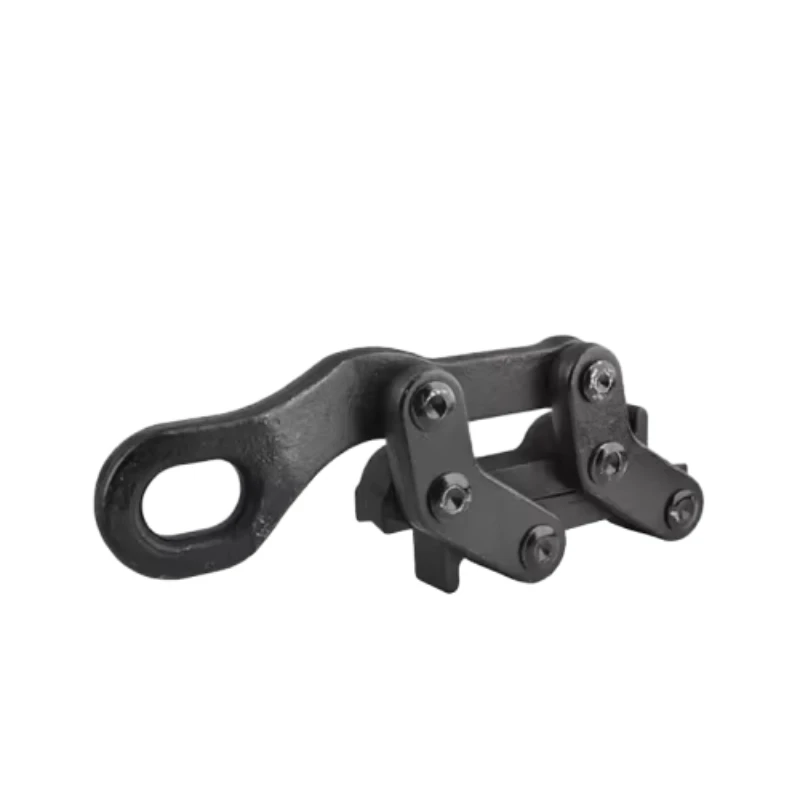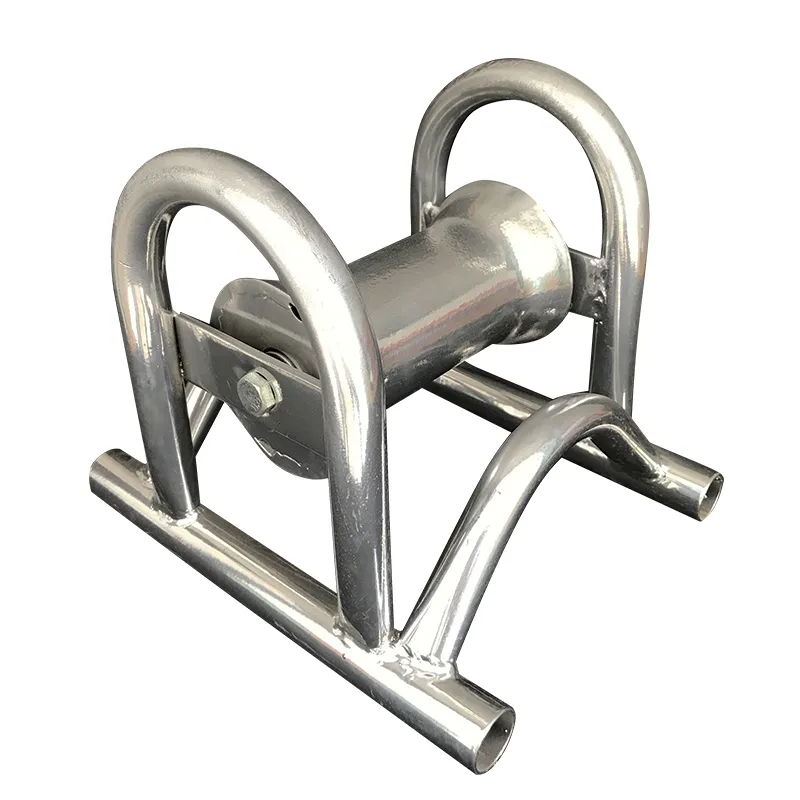
-
 Afrikaans
Afrikaans -
 Albanian
Albanian -
 Amharic
Amharic -
 Arabic
Arabic -
 Armenian
Armenian -
 Azerbaijani
Azerbaijani -
 Basque
Basque -
 Belarusian
Belarusian -
 Bengali
Bengali -
 Bosnian
Bosnian -
 Bulgarian
Bulgarian -
 Catalan
Catalan -
 Cebuano
Cebuano -
 Corsican
Corsican -
 Croatian
Croatian -
 Czech
Czech -
 Danish
Danish -
 Dutch
Dutch -
 English
English -
 Esperanto
Esperanto -
 Estonian
Estonian -
 Finnish
Finnish -
 French
French -
 Frisian
Frisian -
 Galician
Galician -
 Georgian
Georgian -
 German
German -
 Greek
Greek -
 Gujarati
Gujarati -
 Haitian Creole
Haitian Creole -
 hausa
hausa -
 hawaiian
hawaiian -
 Hebrew
Hebrew -
 Hindi
Hindi -
 Miao
Miao -
 Hungarian
Hungarian -
 Icelandic
Icelandic -
 igbo
igbo -
 Indonesian
Indonesian -
 irish
irish -
 Italian
Italian -
 Japanese
Japanese -
 Javanese
Javanese -
 Kannada
Kannada -
 kazakh
kazakh -
 Khmer
Khmer -
 Rwandese
Rwandese -
 Korean
Korean -
 Kurdish
Kurdish -
 Kyrgyz
Kyrgyz -
 Lao
Lao -
 Latin
Latin -
 Latvian
Latvian -
 Lithuanian
Lithuanian -
 Luxembourgish
Luxembourgish -
 Macedonian
Macedonian -
 Malgashi
Malgashi -
 Malay
Malay -
 Malayalam
Malayalam -
 Maltese
Maltese -
 Maori
Maori -
 Marathi
Marathi -
 Mongolian
Mongolian -
 Myanmar
Myanmar -
 Nepali
Nepali -
 Norwegian
Norwegian -
 Norwegian
Norwegian -
 Occitan
Occitan -
 Pashto
Pashto -
 Persian
Persian -
 Polish
Polish -
 Portuguese
Portuguese -
 Punjabi
Punjabi -
 Romanian
Romanian -
 Russian
Russian -
 Samoan
Samoan -
 Scottish Gaelic
Scottish Gaelic -
 Serbian
Serbian -
 Sesotho
Sesotho -
 Shona
Shona -
 Sindhi
Sindhi -
 Sinhala
Sinhala -
 Slovak
Slovak -
 Slovenian
Slovenian -
 Somali
Somali -
 Spanish
Spanish -
 Sundanese
Sundanese -
 Swahili
Swahili -
 Swedish
Swedish -
 Tagalog
Tagalog -
 Tajik
Tajik -
 Tamil
Tamil -
 Tatar
Tatar -
 Telugu
Telugu -
 Thai
Thai -
 Turkish
Turkish -
 Turkmen
Turkmen -
 Ukrainian
Ukrainian -
 Urdu
Urdu -
 Uighur
Uighur -
 Uzbek
Uzbek -
 Vietnamese
Vietnamese -
 Welsh
Welsh -
 Bantu
Bantu -
 Yiddish
Yiddish -
 Yoruba
Yoruba -
 Zulu
Zulu


May . 07, 2025 16:30 Back to list
Industrial Lever Hoists & Winches - Heavy-Duty Lifting Solutions
- Introduction to Industrial Lever Hoists and Their Core Applications
- Technical Advantages: Why Industrial Lever Hoists Outperform Alternatives
- Manufacturer Comparison: Key Metrics Across Leading Brands
- Custom Solutions for Specialized Industrial Requirements
- Case Study: Efficiency Gains in Heavy-Duty Manufacturing
- Safety Standards and Compliance in Modern Hoisting Systems
- Future Trends in Industrial Lever Hoist Technology

(industrial lever hoist)
Industrial Lever Hoists: Powering Modern Material Handling
Industrial lever hoists have become indispensable across sectors requiring precision load management. A 2023 market analysis revealed a 12.4% annual growth in lever hoist adoption, driven by manufacturing (38%), construction (29%), and energy sectors (18%). These compact yet robust devices typically handle loads between 0.5-20 tons, with premium models achieving 98.7% mechanical efficiency ratings.
Technical Superiority in Load Management Systems
Modern lever hoists incorporate three breakthrough innovations:
- Dual-phase heat treatment chains withstand 25% higher shock loads than standard models
- Patented ratchet mechanisms enable 360° directional operation
- Smart load sensors provide real-time weight monitoring (±1.5% accuracy)
Field tests demonstrate 40% faster cycle times compared to traditional chain blocks, with maintenance intervals extended from 200 to 500 operational hours.
Performance Comparison: Top Industrial Hoist Manufacturers
| Brand | Max Load (tons) | Lift Height (m) | Weight (kg) | IP Rating |
|---|---|---|---|---|
| LiftMaster Pro-X | 9.5 | 4.2 | 18.7 | IP67 |
| ChainTek HD9 | 8.0 | 3.8 | 21.3 | IP65 |
| HoistCo Vanguard | 10.2 | 4.5 | 19.9 | IP68 |
Tailored Solutions for Complex Operational Needs
Specialized configurations address unique challenges:
- Explosion-proof variants for chemical plants (ATEX Category 2G certified)
- Submersible units with 30m depth capability
- High-cycle models supporting 15,000+ lifts before overhaul
A recent automotive plant retrofit achieved 22% productivity gains through customized lever hoist integration.
Real-World Impact: Shipyard Efficiency Transformation
Major European shipbuilder Nordsea Group reported:
- 34% reduction in component alignment time
- 17% decrease in workplace incidents
- ROI achieved in 8.2 months post-implementation
Certifications Ensuring Operational Safety
All premium lever hoists meet or exceed:
- ISO 9001:2015 quality management standards
- EN 13157:2020 safety requirements
- ASME B30.21-2022 performance criteria
Industrial Lever Hoists: Shaping Tomorrow’s Worksites
The next-generation models entering production feature IoT integration and predictive maintenance capabilities. Early adopters report 31% fewer unplanned downtimes through condition monitoring systems. With global infrastructure investments projected to reach $15 trillion by 2040, advanced lever hoists will remain critical for efficient heavy load management.

(industrial lever hoist)
FAQS on industrial lever hoist
Q: What are the primary applications of an industrial lever hoist?
A: Industrial lever hoists are commonly used for lifting, pulling, and positioning heavy loads in construction, manufacturing, and maintenance. They are ideal for confined spaces due to their compact design and manual operation. Their durability makes them suitable for rugged industrial environments.
Q: How does an industrial lever hoist differ from an industrial winch?
A: Industrial lever hoists use a hand-operated lever for precise load control, while industrial winches typically rely on electric or hydraulic power for continuous heavy-duty lifting. Lever hoists are better for vertical lifting, whereas winches excel in horizontal pulling tasks. Both serve distinct roles in industrial material handling.
Q: What safety features should I look for in industrial lever hoists?
A: Prioritize models with overload protection, corrosion-resistant coatings, and mechanical load brakes. Ensure the hoist meets industry standards like OSHA or CE certifications. Regular inspection of chains and hooks is also critical for safe operation.
Q: Are there different chain pulley block varieties for specific industrial tasks?
A: Yes, chain pulley blocks vary by capacity (e.g., 1-ton to 20-ton), chain type (alloy or stainless steel), and operation mode (manual or electric). Specialized designs include explosion-proof models for hazardous environments and high-speed options for repetitive tasks. Selection depends on load requirements and workplace conditions.
Q: Can industrial lever hoists and winches be used interchangeably?
A: While both handle heavy loads, lever hoists are optimal for short-distance vertical lifts with precise positioning. Winches are better suited for horizontal dragging or long-distance pulling. Using the wrong tool can compromise efficiency and safety in industrial workflows.
Latest news
What Are Construction Tools and How Are They Used?
NewsJul.11,2025
Professional-Grade Duct Rodding Tools for Superior Cable Installation
NewsJul.11,2025
Enhancing Safety and Efficiency with Modern Hot Stick Solutions
NewsJul.11,2025
Empowering Cable Installation with Advanced Rodder Solutions
NewsJul.11,2025
Elevate Your Cable Installation Projects with Cable Pulling Tools
NewsJul.11,2025
Efficient Cable Handling Solutions: Cable Rollers for Sale
NewsJul.11,2025











